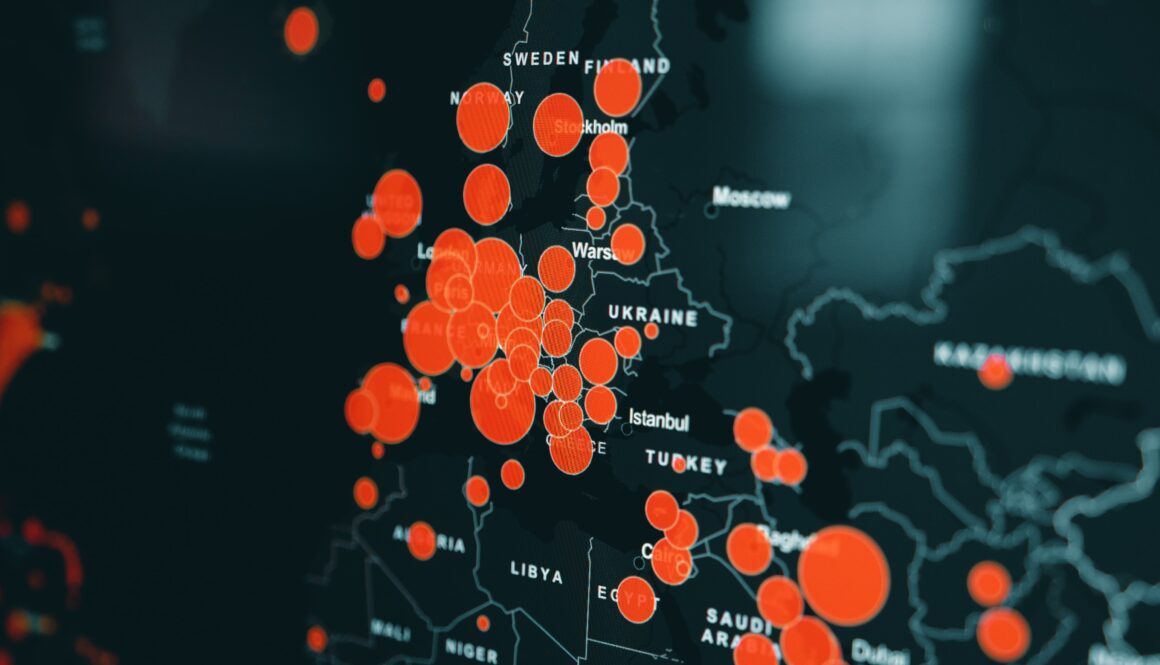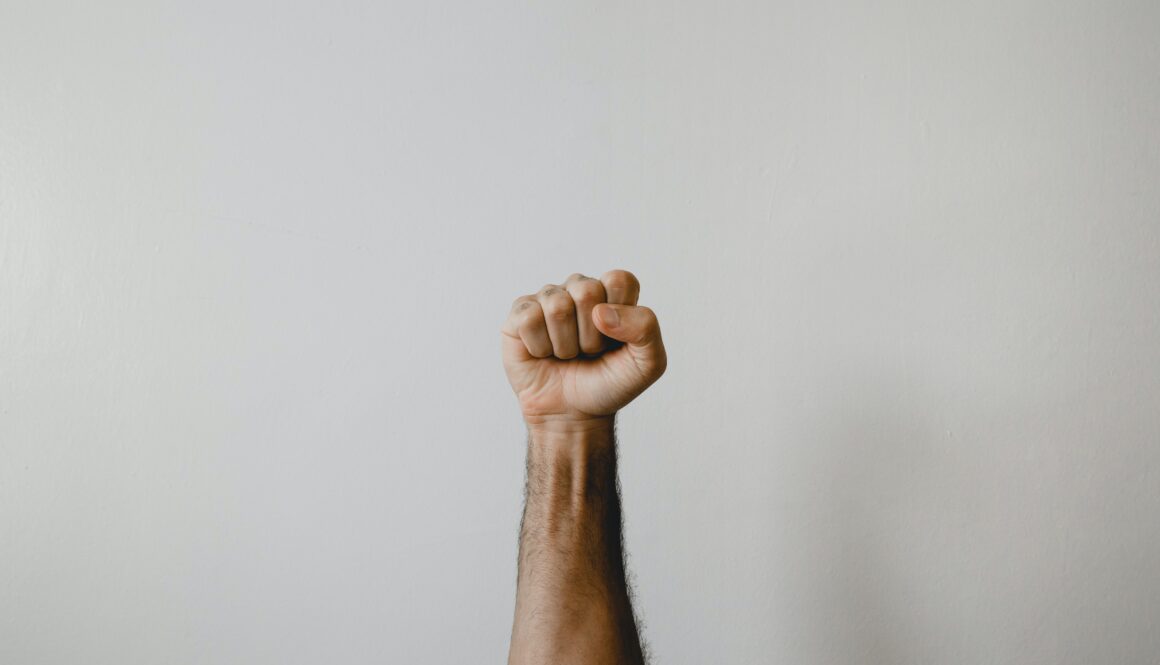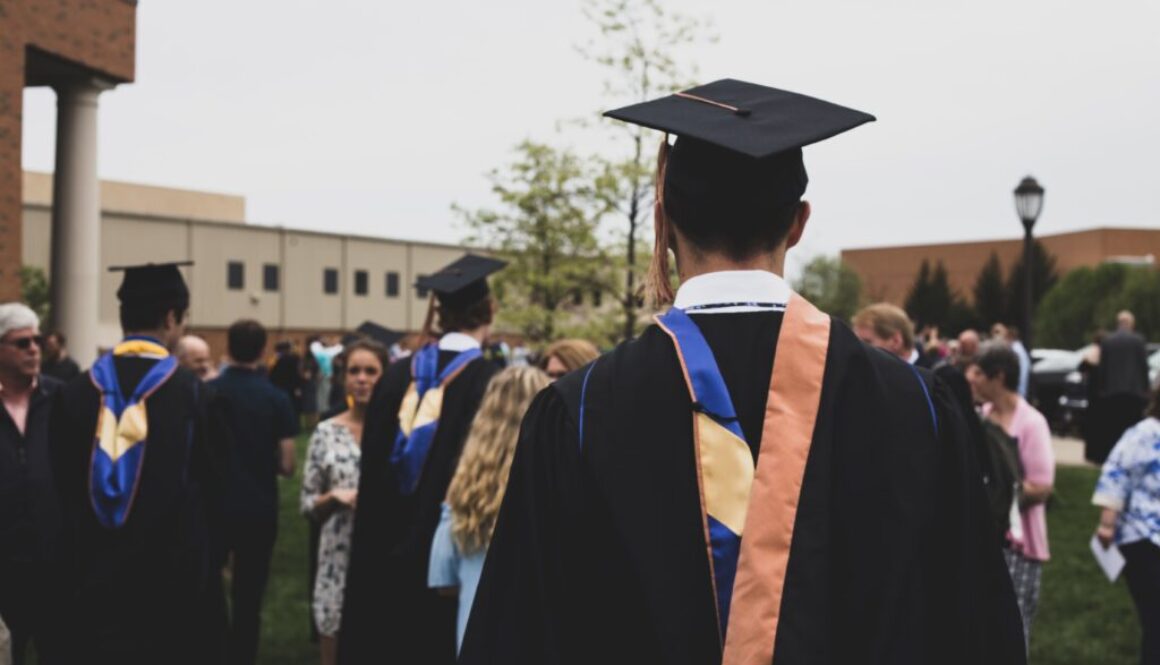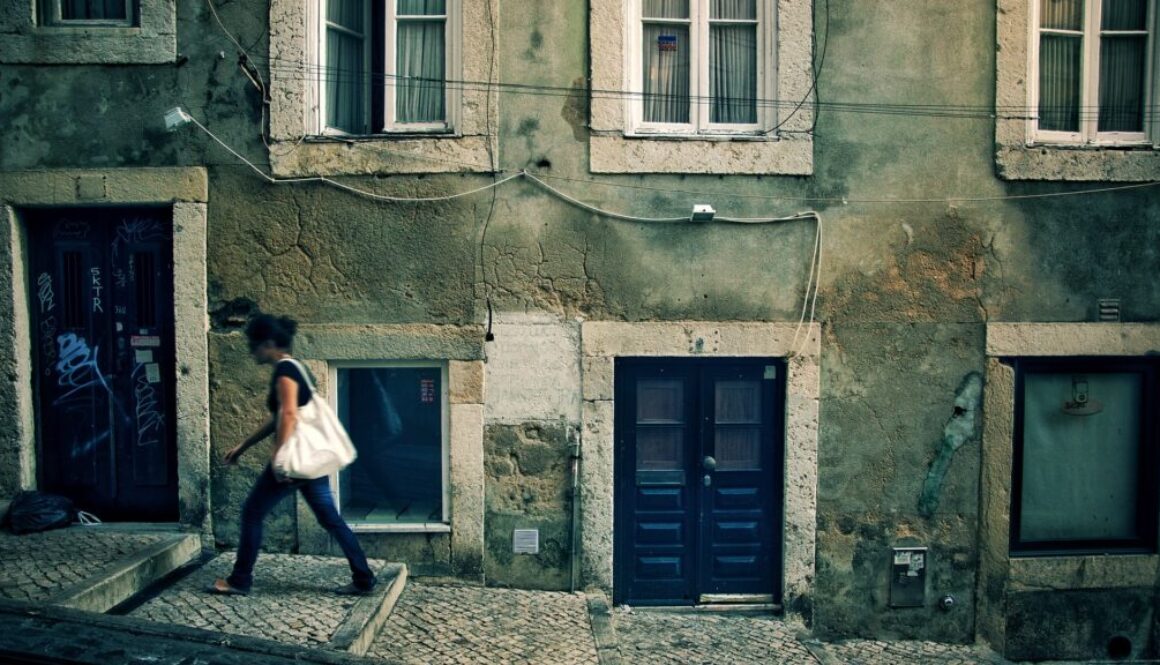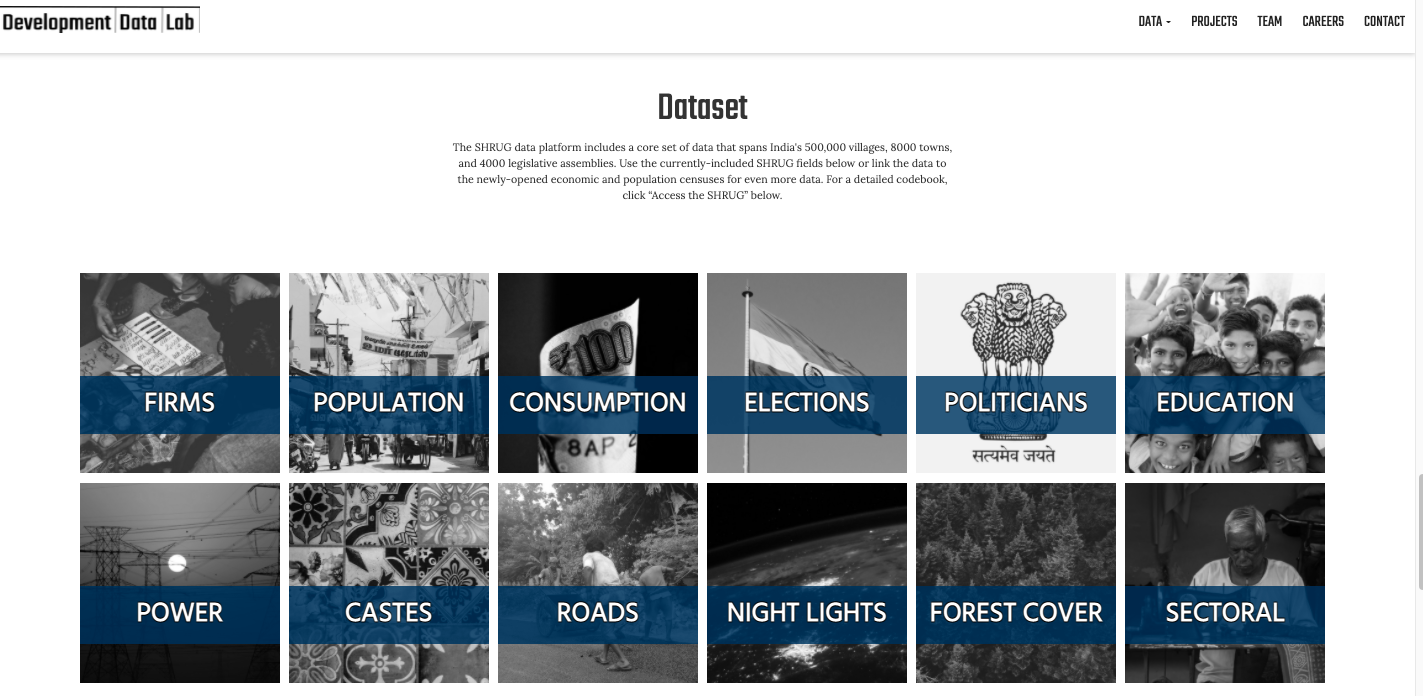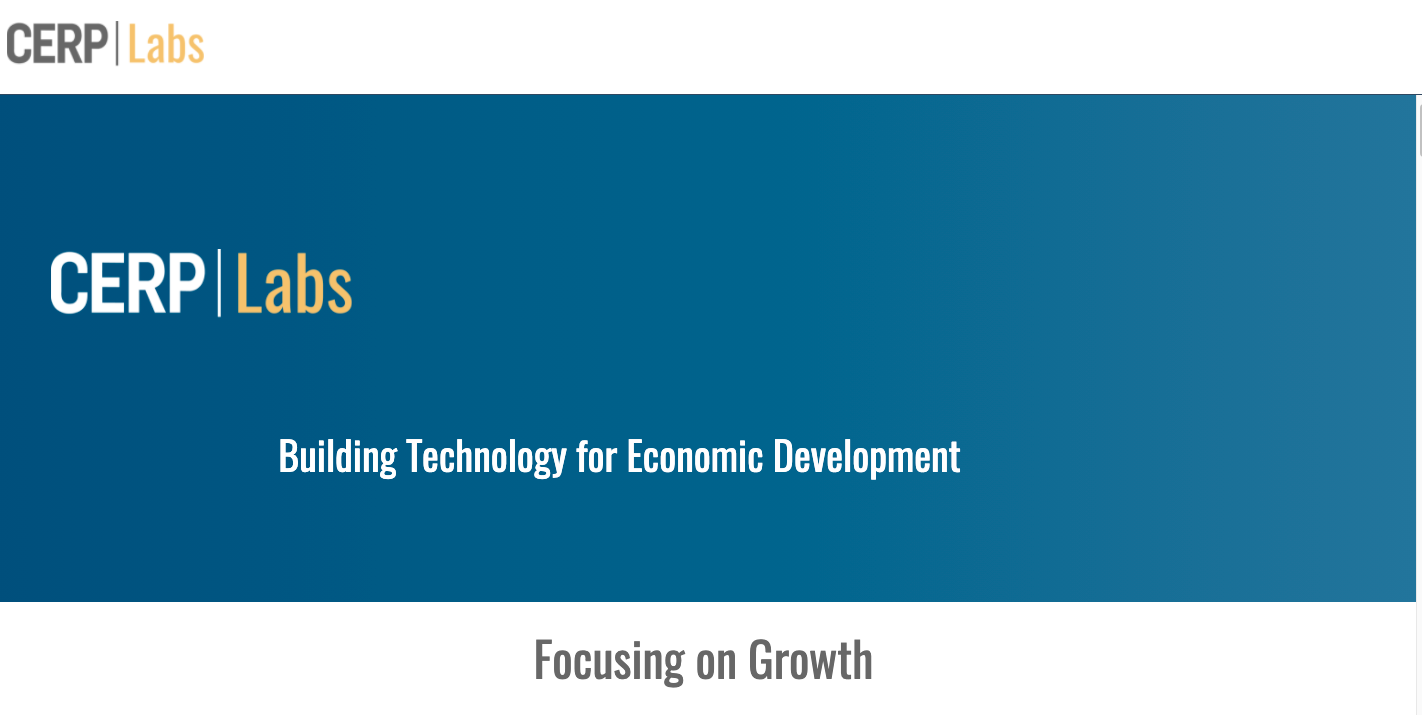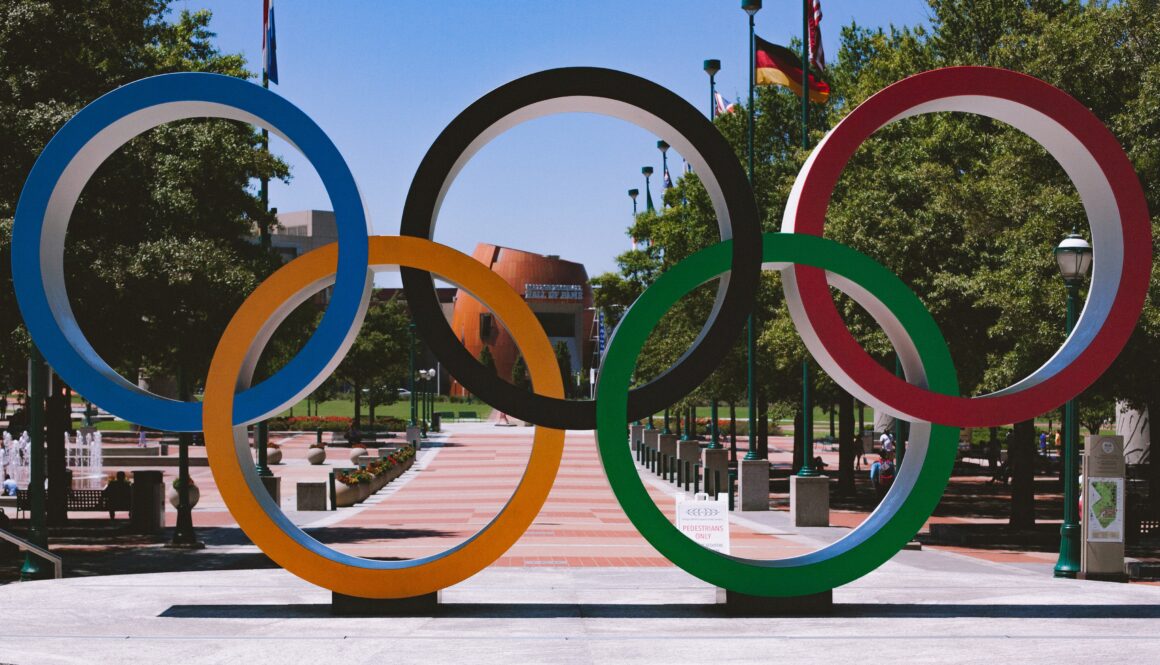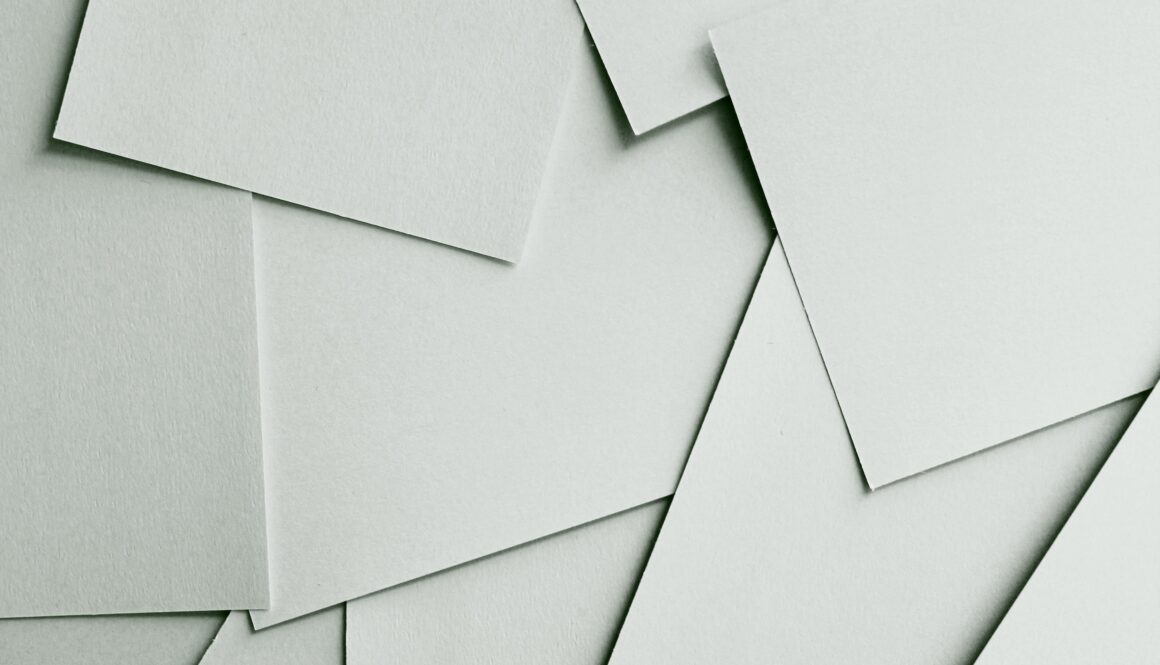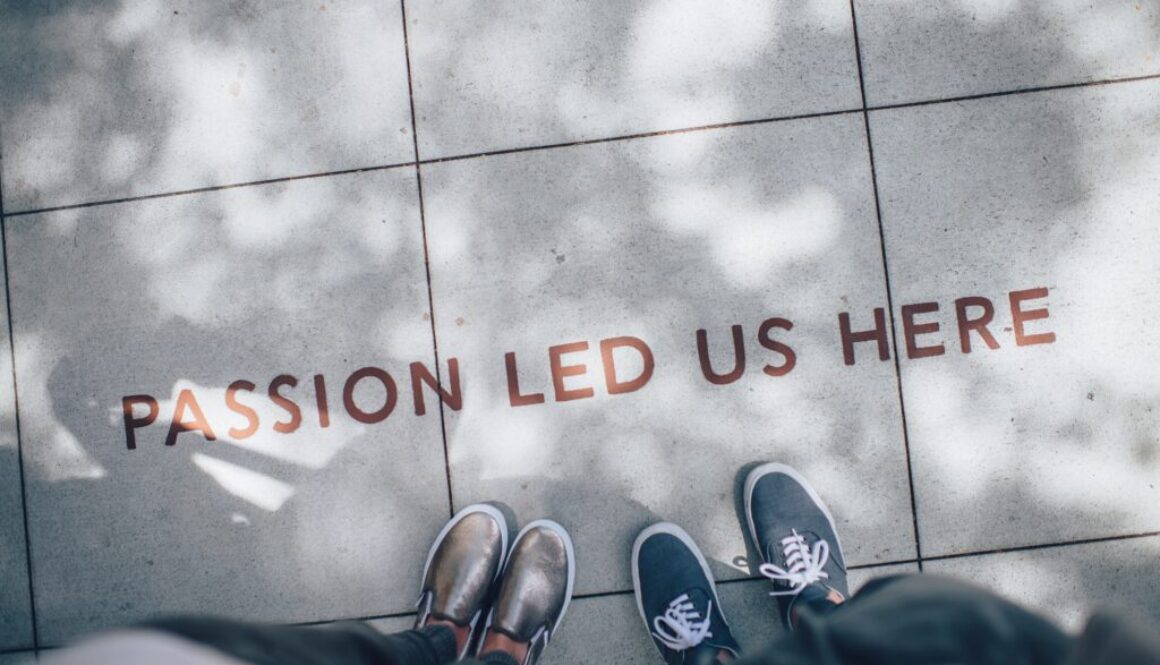We need to keep data on South Asians accessible…
At this point, you have seen the importance of being able to break down data on the South Asian community in the United States. This week, we wanted to raise an important issue that is happening with the data itself.
In May, the Census Bureau announced plans to replace the American Community Survey (ACS) microdata with “fully synthetic” data over the next three years.
So what is ACS microdata, and why is it important?
The American Community Survey helps local officials, community leaders, and businesses understand the changes taking place in their communities. It is the premier source for detailed population and housing information about our nation. It’s the reason why we can provide you with detailed data about the South Asian community in the United States for issues like poverty, educational attainment, rent burden, and more.
How do the changes impact you and me?
Synthetic data is poorly suited to studying topics that the Census didn’t think about. This is really problematic because ACS microdata is the most intensively used source available for demographic and economic research. Hundreds of thousands of academic researchers, planners, and policy makers rely on the ACS, and according to Google Scholar, they generate about 12,000 publications per year.
If public use data become unusable or inaccessible because of overzealous disclosure control, there will be far-reaching consequences. The quantity and quality of research about U.S. policies, the economy, and social structure will decline precipitously.
The reason the Census Bureau wants to get rid of one of the world’s most intensively used scientific resources is concern about respondent confidentiality. But, they have implicitly acknowledged that there is not a single documented case of reidentification of a respondent in the ACS or decennial census microdata.
Moreover, over 100 countries around disseminate similar microdata through IPUMS, and again there is not a single documented case in which respondent’s identity has been revealed. Not only are the risks of disclosure unmeasurably small, but even if someone’s ACS data were exposed the resulting harms would be minimal. The ACS has no information that could be used to aid identity theft, and most of the information it does include could far more easily be obtained from other sources.
If we weigh the profound cost of eliminating the ACS microdata against the potential harm for respondent confidentiality, the Census Bureau has no case. Such a massive shift in the Nation’s statistical infrastructure would be “arbitrary and capricious, an abuse of discretion” and therefore in violation of the Administrative Procedures Act. Although some Census Bureau staff members treat the synthetic ACS as if it were a done deal, there is still time to avert this disastrous course.
If you like the research presented here, please stay updated on political and legal strategies the research community is using to try and retain open access to our demographic data infrastructure.
The IPUMS website is also posting updates here.
For more details about the issues, check out Steven Ruggles Twitter tread here.

